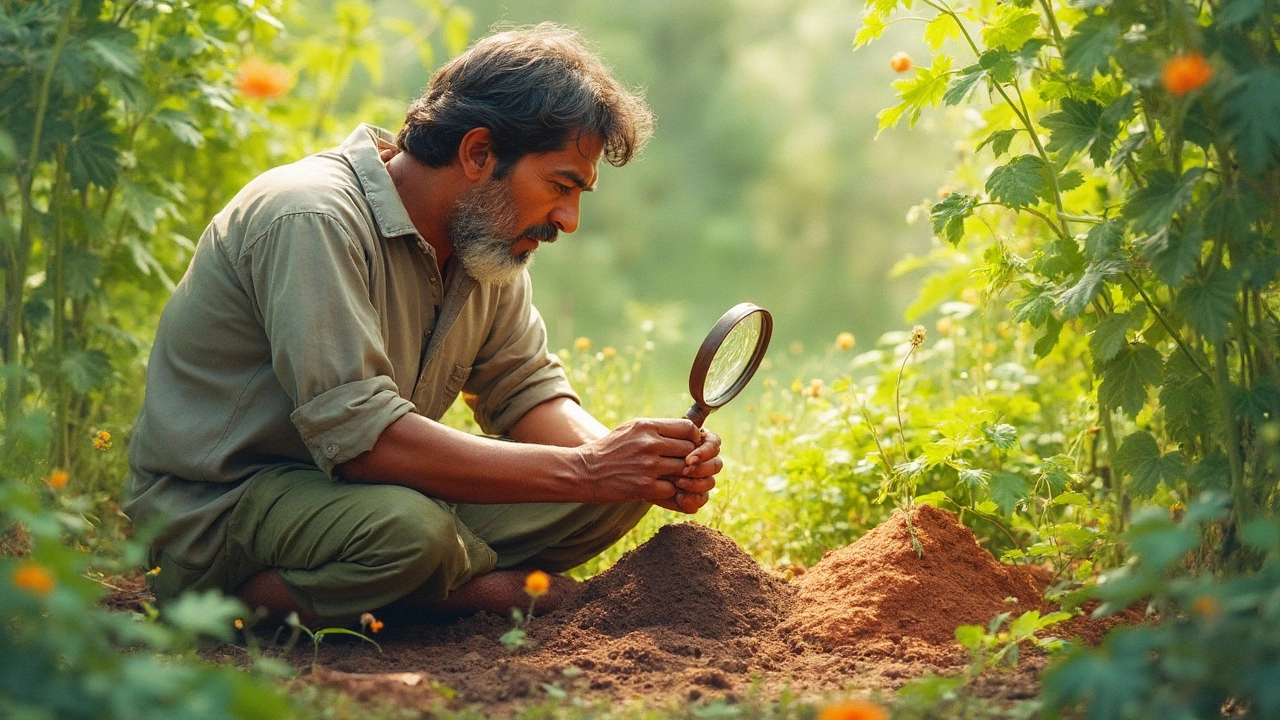Garden Watering System: What You Need to Know
When planning a Garden Watering System, a set of tools and methods that deliver water efficiently to garden plants. Also known as irrigation system, it helps conserve water, boost plant health, and lower your effort.
One of the most popular ways to automate watering is drip irrigation, a low‑flow network of tubes and emitters that place water right at the root zone. This method garden watering system enthusiasts love because it cuts evaporation and reduces weed growth.
Another core component is the sprinkler system, a set of pop‑up or rotating heads that mimic rainfall over larger areas. Sprinklers are great for lawns, flower beds, or any space where even coverage matters.
Harvesting rainwater feeds both drip lines and sprinklers without extra cost. The rainwater harvesting, collection of rooftop runoff into tanks or barrels for later garden use, lowers dependence on municipal supply and can improve soil chemistry.
But water delivery alone isn’t enough; you need to know when to water. A soil moisture sensor, a device that measures the water content of the growing medium and sends alerts or triggers irrigation, ensures plants get exactly what they need.
How These Elements Work Together
The garden watering system encompasses drip irrigation, sprinkler setups, rainwater capture, and moisture sensing. It requires proper design, pressure regulation, and scheduling software to sync all parts. Effective garden watering system design also considers soil type, plant species, and local climate. For sandy soils, drip lines need slower flow; for clay, sprinklers may be preferable to avoid runoff.
When you pair a rainwater harvesting tank with a timer‑controlled drip network, you create a closed‑loop that recycles water, saves money, and reduces environmental impact. Adding a soil moisture sensor into that loop lets the system skip watering on rainy days, preventing over‑watering.
Choosing the right components starts with evaluating your garden’s size and water needs. Small balcony pots get away with a single drip line and a basic sensor, while a ½‑acre plot might need multiple zones, pressure regulators, and a central controller that handles both sprinklers and drippers.
Installation tips: lay drip tubing before you plant, secure it with stakes, and test pressure with a regulator. For sprinklers, map out head placement to avoid dry spots. Connect all valves to a single smart controller; many models offer weather‑based adjustments that automatically skip watering during rain forecasts.
Maintenance matters too. Flush drip lines twice a year to prevent clogging, clean sprinkler heads to remove debris, and calibrate soil sensors after major temperature swings. Regular checks keep the garden watering system running efficiently for years.
Below you’ll find a curated collection of articles that dive deeper into each of these topics. Whether you’re looking for a beginner’s guide to drip kits, advanced sensor integration, or rainwater tank sizing, the posts ahead give practical steps, common pitfalls, and real‑world examples to help you build a reliable garden watering system.
Drip Irrigation System Installation: A Homeowner's Step-by-Step DIY Guide
Curious if you can install drip irrigation yourself? Learn all the must-know steps, tips, and tricks in this hands-on guide to setting up your own water-smart garden system.
- manufacturing
- India
- food processing
- garden tips
- rice cultivation
- government schemes
- balcony garden
- urban gardening
- balcony gardening
- profitable business
- business ideas
- plastic manufacturing
- drip irrigation
- plant care
- steel manufacturing
- sustainable gardening
- startup ideas
- steel industry
- flower gardening
- textile manufacturers






